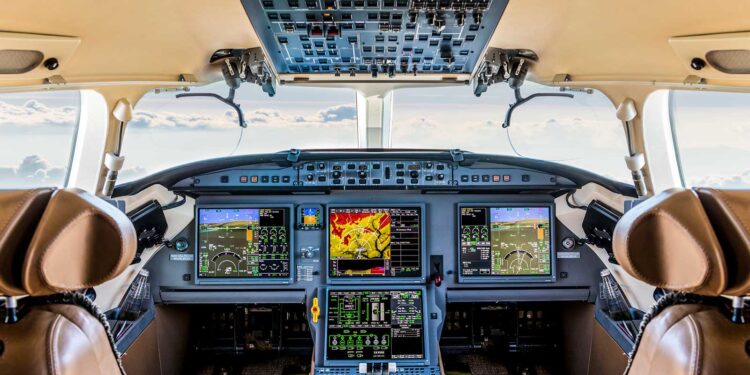Operating Requirements: Part 1 – Unique Airport and Country Considerations

This business aviation blog post is part of a series on unique airport and country considerations.
Business aviation remains the best way to move around the world. There are, however, a myriad of assorted operating requirements that must be complied with when dealing with worldwide operations. Certain countries have unique operating requirements and/or particular procedures. It’s important to be aware that these requirements and processes may vary even within a country, depending upon which airport you’re operating to.
The following is a compilation of different locations to provide you with an overview of differing requirements for airports or countries:
1. UK joint use civil/military airfields
When operating to Northolt (EGWU), for example, there are particular requirements in terms of insurance coverage and passenger information. This is a military base that permits civilian operations, but these operators must present specific insurance coverage that differs somewhat from standard worldwide insurance. Required 3rd-party liability coverage depends upon the maximum takeoff weight (MTOW) of your aircraft and policies must state that you have Crown Indemnity coverage. EGWU is very particular in terms of correct passenger information – both to/from the airport for both international and domestic flights. If information is not correct, authorities will deny passengers access to the aircraft – even if it’s just a domestic operation within the UK.
2. Farnborough PPRs have particular requirements
When operating to Farnborough (EGLF), prior permission required (PPR) is needed both to use the airport and for aircraft parking. EGLF is a private airport and this particular PPR gives you security clearance for landing – with a code unique to your aircraft and the schedule you’ve provided. Each trip to EGLF requires a different PPR. Note that you’ll need this PPR number in order for passengers and service providers to gain access to the aircraft. Without this PPR number crew, passengers, in-flight caterers and other service providers will not be allowed airside access. EGLF’s PPR requirements and procedures are unique in the UK.
3. Crew and aircraft documentation requirements for Brazil
Crew documentation needs to be sent in advance, in order to process permits. Original documentation, however, also needs to be presented to customs on first entry to Brazil. Be aware that the pilot in command (PIC) and second in command (SIC) must be type-rated on the aircraft and have pilot licenses from the country in which the aircraft is registered in. If you plan more than one stop in Brazil you’ll only receive approval for the additional stops after landing at your first airport of entry (AOE). A domestic permit will be processed upon landing at the first AOE and this process takes approximately 90 minutes. On arrival you’ll need to present original documentation including airworthiness and registration certificates, insurance and crew licenses/medicals. The ground handler will escort PIC and/or SIC to the appropriate airport office to present original documentation and to collect the domestic permit. Note, however, that if you’re only making one stop in Brazil your permit will be confirmed in advance and the arrival process will be much quicker.
4. “Know before you go” at Kathmandu
Prior to obtaining your landing permit for Kathmandu (VNKT) the PIC will need to present a certificate of simulator training on the VNKT approach. This certificate must be from a recognized simulator training provider, is valid for one year and must be presented along with your landing permit application. If this certificate is not submitted with your request the permit will not be approved. Cuzco (SPZO) also wants evidence of PIC training on the airport approach prior to issuing a landing permit. In the case of SPZO, however, the PIC can complete this requirement by accessing a specific website, reviewing arrival/departure procedures and writing a letter (to be included with the landing permit request) stating that the arrival/departure procedure has been reviewed.
5. Amsterdam requires proof of RNAV 1 approval
For travel to Amsterdam (EHAM), or any airport in the Netherlands, it’s necessary to have proof of RNAV 1 approval prior to arrival. Be aware that this requirement applies to all arriving aircraft. You may be subject to a ramp check to confirm you have the necessary RNAV 1 approvals.
6. Unique requirements for Hong Kong
Hong Kong (VHHH) will only approve landing permits after airport slots have been confirmed. You’ll also need to provide evidence of specific worldwide liability insurance requirements – and this must be in a very particular format – in order to obtain a VHHH landing permit.
7. Additional Reading: Operating Requirements
Note: Links will be updated as articles are published.
- Part 1 – unique airport and country requirements
- Part 2 – unique procedures
- Part 3 – particular restrictions
- Part 4 – best practice tips
Conclusion
Each country has unique requirements on how PPRs and permits are requested and processed. Be mindful that airports in the same country, even neighboring airports serving the same city, often have differing documentation on procedural requirements that must be complied with.
Questions?
If you have any questions about this article or would like assistance planning your next trip, contact me at greglinton@univ-wea.com.
Later, we will discuss unique procedures to consider for your trips.




